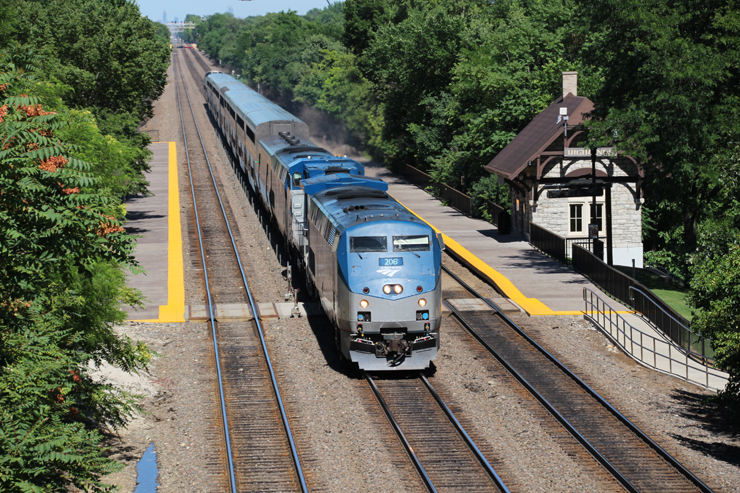
WASHINGTON — The California Zephyr, Empire Builder, and Heartland Flyer all had on-time performance under 40% in the second quarter of 2023 according to statistics released today (July 18) by the Federal Railroad Administration.
The Zephyr had a customer on-time performance of just 31% for the quarter, while the Builder and Flyer were both at 38% under the metric which weighs the number of customers using a particular station, and therefore gives greater weight to on-time performance at the most-used station.
Faring best by this statistic were the Keystone Service, with a customer on-time performance of 96%; the Adirondack, at 93%; and New York-Albany service, at 92%.
Only the Zephyr was among the worst-performing trains for the second consecutive quarter. In the first quarter, the worst on-time performers were the Sunset Limited (29%), the Zephyr (29%), and Auto Train (38%).
Train delays
Train delays are tracked in three general categories: Host-railroad responsible; Amtrak responsible; and third-party responsible (primarily weather). The quarter’s overall total of 1.31 million minutes was a 4% decrease from the prior quarter and 14% increase over the same quarter in 2022. Freight-train interference was the largest single cause of interference, accounting for 18% of delays.
The overall breakdown assigned 746,000 minutes of delay responsibility to host railroads; 302,000 minutes to Amtrak, and 262,000 minutes to third parties. All were marked decreases from the first quarter, except the third-party numbers, up by 1,000. But all were up substantially from the same quarter in 2022, when host railroads accounted for 680,000 minutes of delay, Amtrak for 254,000 minutes, and third parties for 212,000 minutes.
The full second-quarter Service Quality Report is available here. The full array of quarterly FRA passenger performance reports is available here.






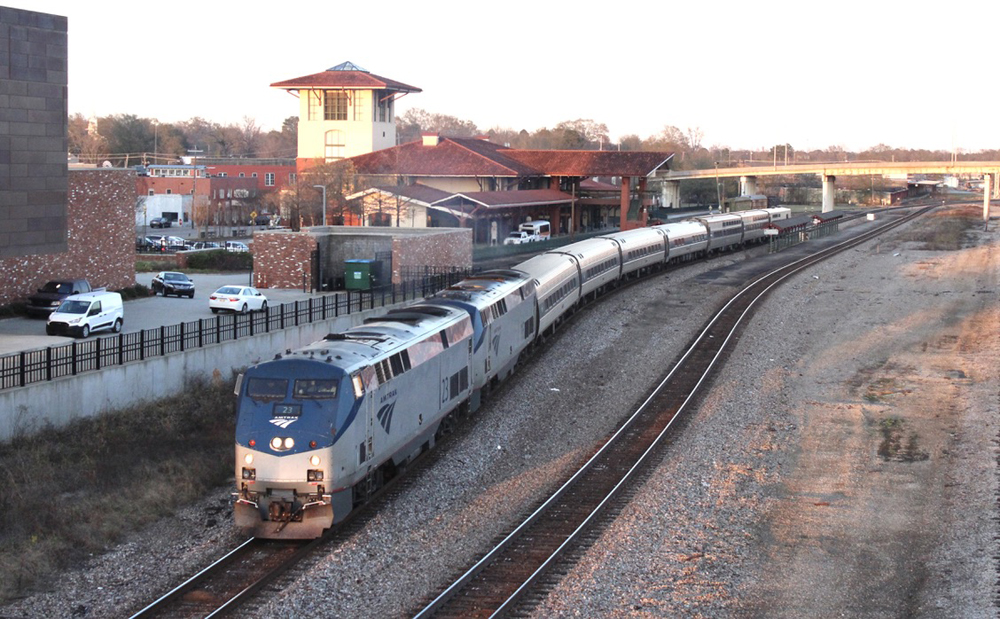
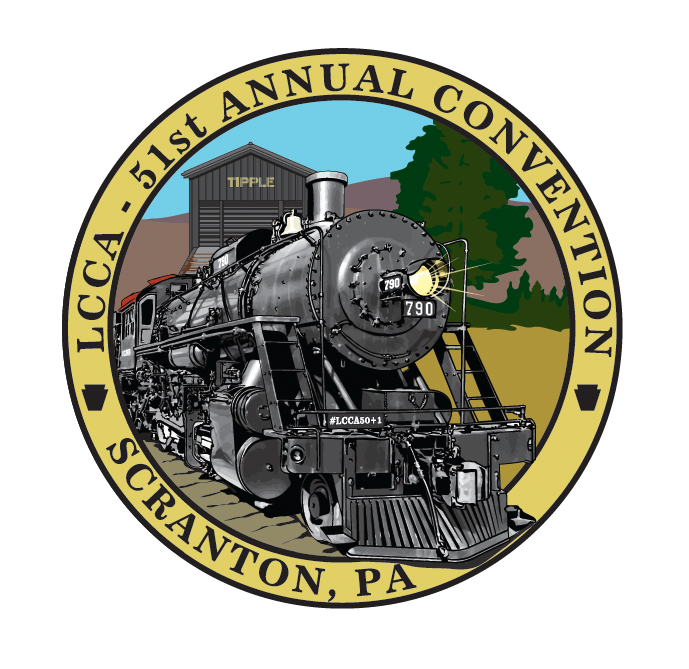
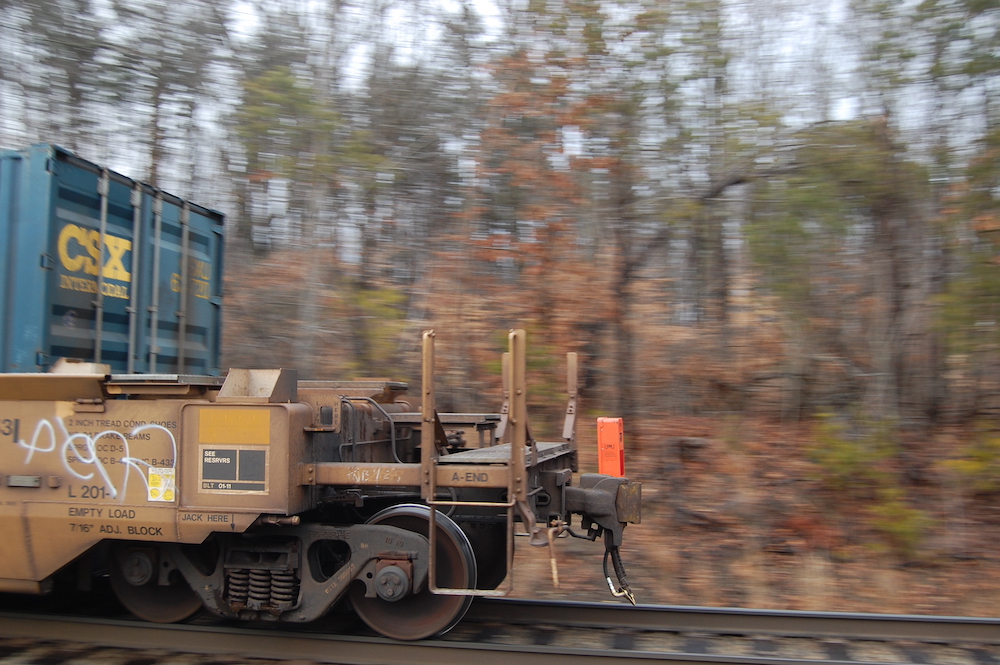
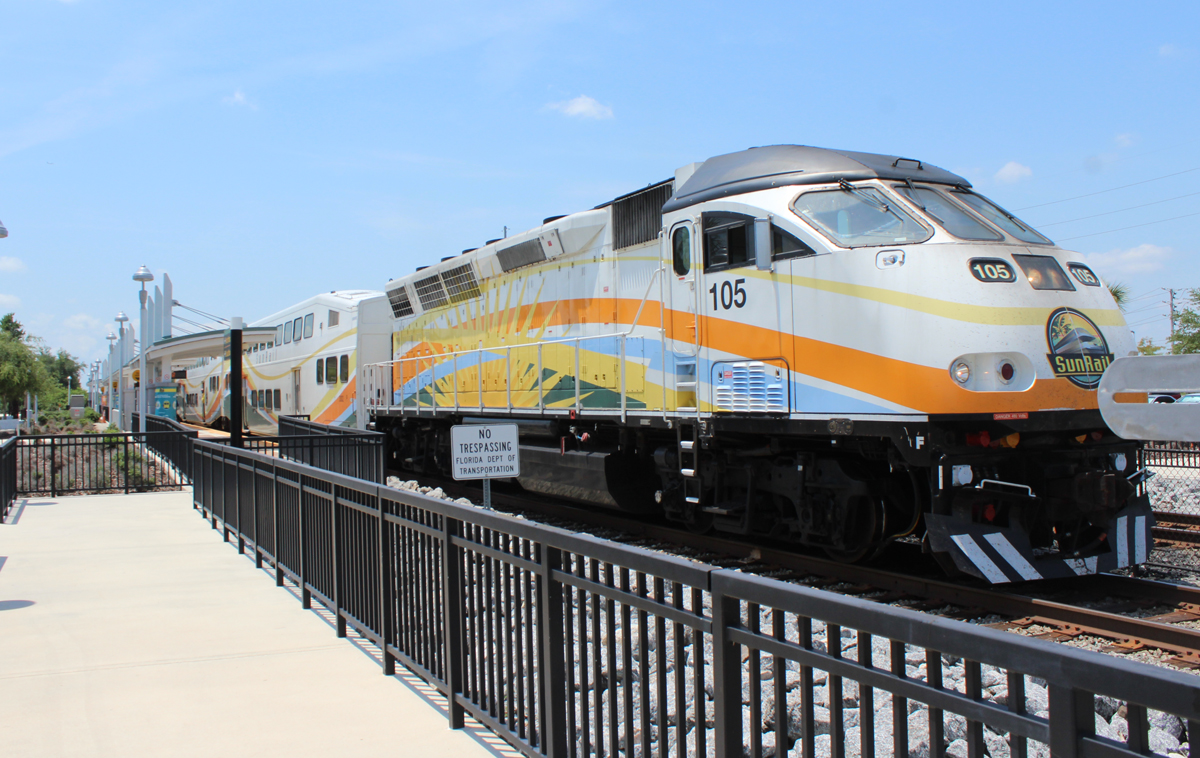




Amtrak since its conception in 1971 has blown enough money to have built its own tracks, and this is the biggest problem, Japan has been running HSR since 1964, one would have thought the US could have listened to, or sought the advice of JR Rail, and other successful European operators, I also understand our rail system is different from European, Japanese service, but they give an example of how they’re able to do quite well when passenger trains run on their own tracks, here in the US Amtrak cries and moan about service delays, but until this changes, and passenger trains run on their own tracks, Amtrak and the government needs to chill out.
I have been going to use the CZ as a family trip. All of us live in different states now and our get to gether would be on the CZ. Lowell Smith was supposedly going to run a great dome attached to the CZ in June. We thought that would be a perfect setting, except for the dismal performance of this train. I will have to see a minimum of 30 days mostly flawless running before I will ever book this train again. I’m not expecting that to happen any time soon.
Thanks, Lawrence. I would guess that means they don’t want to admit who is the worst offender. If they can break it down like that then they know.
Looking at that downloadable report for the Zephyr, I find host railroad delays = 53,952 minutes, of which the three biggest offenders (40,908 minutes) are:
Freight Train Interference = 21,001
slow orders = 10,942
C&S work due to defect Signal failure or other signal delays, wayside defect-detector false alarms, defective road crossing protection, efficiency tests, drawbridge stuck open = 8,965
I couldn’t find a breakdown between UP and BNSF for the Zephyr.
same old amtrak nothing changes conductor sleepy creepy joe needs to take care of this
Consists are usually on the light side of the Dr. Guntruk list.
Oops anybody reading my post will notice a typo I meant tosay they don’t own the skies or highways I forgot to add the word don’t in my
Thank you
Joseph C. Markfelder
A bit of railroad history here. Over a century and a half ago when railroads were first conceived, planned and built their primary purpose was for the moving of freight and goods. Passenger service was considered secondary and not as important. Railroads eventually took on the role of moving passengers but through the years, the railroads made their money moving freight and it still holds true today and even more so. If you are the owner of a major freight carrier and have customers that depend on you to get their goods and merchandise to the markets they serve and are making money, naturally you are not going to like one or maybe two daily passenger trains holding up your scheduled freight movements and backing up critical freight movements. As for the Metro-North situation or any commuter railroad that Amtrak runs over, commuter trains carry more passengers per train and have a busy and often tight schedule of moving commuters from home to office and back and a steady stream of people coming into the city to shop, go to shows, sightseeing etc. One or two LD trains with a low passenger count can mess up a busy and always tight schedule of commuter trains. It is not often fair but what is needed is better cooperation and agreement between the host railroads be it freight or commuter as well as better dispatching and regulation of schedules and timetables. The only other solution would be for the federal government to take over ownership of all rail lines not the railroads themselves but the track they operate on and regulate how and what runs on them The skies above us are used by the various airlines but they own the skies, our interstate highway system is used by trucking companies, private automobile even the US Postal Service but they own the highways or even the city streets they have to use. The highways and the sky above are used and shared by all and traffic and service regulated and overseen by the federal governemngovernment so it should be the same for our railroads Amtrak, the freight carriers, commuter rail lines and and any other rail operation. the right of way and tracks should be owned and operated by the federal government as a public trust and operation for all carriers to use in a safe, reliable manner
Joseph C. Markfelder
As a wind, “Zephyr” is never the type of breeze that delays and disrupts its slightly refreshing function. For “California Zephyr”, too, Amtrak, together with its business partners, must make every necessary effort to commemorate it as a train that does not delay.
Dr. Güntürk Üstün
The veteran and vintage California Zephyr (Amtrak’s most scenic train according to the national rail operator), uses equipment typical for Amtrak’s long-distance trains in the Western United States:
* 2 GE Genesis/Siemens ALC-42 locomotives
* Viewliner II baggage car
* Superliner Transition Sleeper
* 2-3 Superliner Sleepers
* Superliner Diner
* Superliner Sightseer Lounge
* 2-3 Superliner Coaches
Dr. Güntürk Üstün
Were Metro North delays considered in the host railroad category? MNCRR probably delays more Amtrak passengers than any of the freight railroads. I have seldom been on an NEC Amtrak train that isn’t delayed somewhere between New Haven and New Rochelle.
Without looking over a103 page report is there a quick break down of which railroad UP or BNSF is responsible for the delays. Glancing periodically at track your train website looks like the UP might be a winner in the category.
Dispatching has to be an issue as the freight railroads are running fewer trains and they can’t move an eight or nine car Amtrak consist. Maybe they should call them a business car inspection special and see if that would help.
Succinctly put, Mr. Jones
The California Zephyr is a long-distance passenger train operated by Amtrak between Chicago and the San Francisco Bay Area (at Emeryville), via Omaha, Denver, Salt Lake City, and Reno. At 2,438 miles (3,924 km), it is Amtrak’s longest daily route, and second-longest overall after the Texas Eagle’s triweekly continuation from San Antonio to Los Angeles, with travel time between the termini taking approximately 511⁄2 hours.
Not a Doctor
Thanks for the laugh of the day. Are you sure your notes aren’t written by someone with the initials “K.H.”?
LMFAO
What’s wrong with a railroad giving preference to its own traffic over that of a tennant forced upon it?
US law
A law shouldn’t require a property owner devalue their property without just compensation by the government.